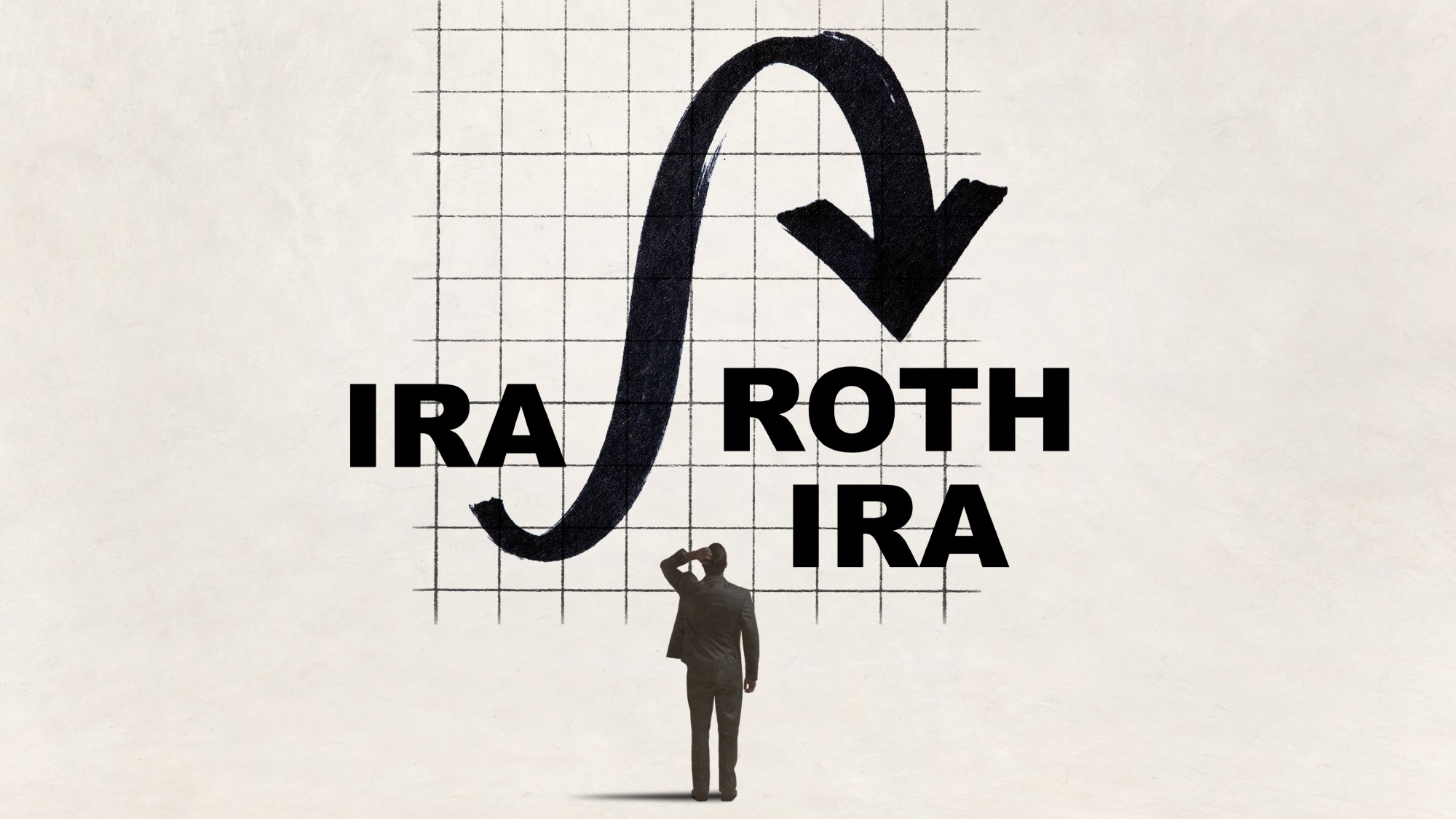3 required minimum distribution tax mistakes to avoid
Missteps in making withdrawals from tax-advantaged retirement accounts can cost you big


If you are of a certain age and have saved money in a tax-advantaged retirement account like a 401(k) or IRA, the year will inevitably come when you have to start withdrawing those funds. These withdrawals, known as required minimum distributions (RMDs), are mandated by the IRS to ensure that at some point, you pay taxes on the balance you have amassed.
While it may sound straightforward enough to simply remove the money from your account, RMDs introduce a minefield of rules and particulars. You will want to make sure you are aware of these, especially since certain missteps can lead to a sizable tax penalty.
1. Missing the deadline
As the end of the year approaches, so, too, does the deadline for taking your RMD. If you miss this deadline, the IRS “imposes a 25% penalty on the amount not withdrawn by the deadline,” said Kiplinger. You may be able to lower the penalty to 10% if you correct your mistake within two years, but you will still face a penalty.
The Week
Escape your echo chamber. Get the facts behind the news, plus analysis from multiple perspectives.

Sign up for The Week's Free Newsletters
From our morning news briefing to a weekly Good News Newsletter, get the best of The Week delivered directly to your inbox.
From our morning news briefing to a weekly Good News Newsletter, get the best of The Week delivered directly to your inbox.
The only variation in this annual deadline is the first year you are required to take your RMD. The year you turn 73 (75 if you were born in 1960 or later), the IRS gives you until April 1 of the following year to take your first RMD. But putting it off until then can introduce challenges, as it will mean “you have to take two RMDs in less than 12 months — the one you held over to the end of March, and the regular one due on Dec. 31,” said Investopedia. Depending on your account size, that could translate to hefty withdrawals, and, thus, a hefty tax bill.
2. Miscalculating RMD amounts
Many retirees “struggle with accurately determining their RMD due to confusion about which IRS life expectancy table to use or how to account for year-end account balances,” said Kiplinger. This can result in not taking out enough and then owing penalties. Again, the penalty for this is 25%, and it would apply to the amount not withdrawn on time, in addition to the regular income tax already owed.
The good news: You likely do not even have to do this math yourself — either your 401(k) plan administrator or IRA custodian should be able to tell you the proper amount of your RMD. The bad news: “An outstanding rollover or transfer will cause the calculation to reflect an amount that is less than your true RMD,” said Morningstar. This could throw a wrench into the equation, which is why it is vital to ensure you are providing all relevant information to your account provider.
3. Getting mixed up on rules for different account types
Another way RMDs commonly trip people up is when there is more than one account type involved, such as a 401(k) and an IRA, or more than one of each. For instance, “RMDs from 401(k) plans must be calculated and withdrawn separately for each account, meaning they can’t be combined with RMDs from IRAs,” said Kiplinger.
A free daily email with the biggest news stories of the day – and the best features from TheWeek.com
However, “with traditional IRAs and with 403(b) accounts, if you have more than one account, once you total your RMDs from all of your accounts, you can withdraw that total sum from just one or from multiple accounts,” said The Motley Fool. That said, you cannot “withdraw an RMD for an IRA from a 403(b) or vice versa,” said Kiplinger.
Any mixups can lead to taking insufficient RMDs, which, once again, can lead to a penalty. To clear up confusion, talk to a tax professional or financial adviser.
Becca Stanek has worked as an editor and writer in the personal finance space since 2017. She previously served as a deputy editor and later a managing editor overseeing investing and savings content at LendingTree and as an editor at the financial startup SmartAsset, where she focused on retirement- and financial-adviser-related content. Before that, Becca was a staff writer at The Week, primarily contributing to Speed Reads.
-
 ‘Managed wildfires have spread out of control before’
‘Managed wildfires have spread out of control before’Instant Opinion Opinion, comment and editorials of the day
-
 Separating the real from the fake: tips for spotting AI slop
Separating the real from the fake: tips for spotting AI slopThe Week Recommends Advanced AI may have made slop videos harder to spot, but experts say it’s still possible to detect them
-
 Europe sets 2027 deadline to wean itself from Russian natural gas
Europe sets 2027 deadline to wean itself from Russian natural gasIN THE SPOTLIGHT As international negotiators attempt to end Russia’s years-long invasion of Ukraine, lawmakers across the EU have reached a milestone agreement to uncouple the continent’s gas consumption from Moscow’s petrochemical infrastructure
-
 What are the pros and cons of a Roth conversion for retirement?
What are the pros and cons of a Roth conversion for retirement?Pros and Cons By converting a traditional IRA to a Roth IRA, retirees can skip paying taxes on their withdrawals
-
 4 easy tips to avoid bank fees
4 easy tips to avoid bank feesThe Explainer A few dollars here and there might seem insignificant, but it all adds up
-
 4 often overlooked home maintenance tasks that could cost you later
4 often overlooked home maintenance tasks that could cost you laterThe Explainer A little upkeep now can save you money down the road
-
 What are portable mortgages and how do they work?
What are portable mortgages and how do they work?the explainer Homeowners can transfer their old rates to a new property in the UK and Canada. The Trump administration is considering making it possible in the US.
-
 How can you tell if you are ready to retire?
How can you tell if you are ready to retire?the explainer All the preparation you need to sail off into your golden years
-
 What’s the best way to use your year-end bonus?
What’s the best way to use your year-end bonus?the explainer Pay down debt, add it to an emergency fund or put it toward retirement
-
 Can medical debt hurt your credit?
Can medical debt hurt your credit?The explainer The short answer is yes, though it depends on the credit scoring mode
-
 How travel insurance through a credit card works
How travel insurance through a credit card worksThe explainer Use a card with built-in coverage to book your next trip
